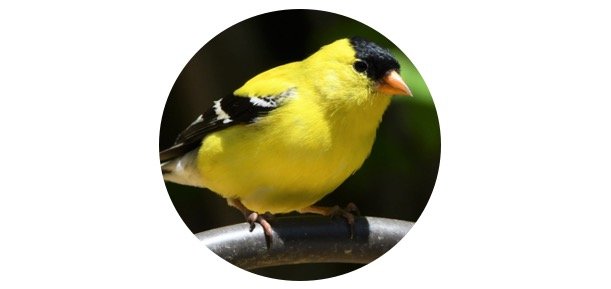Oregon State Bird: Description, Pictures, & Fun Facts
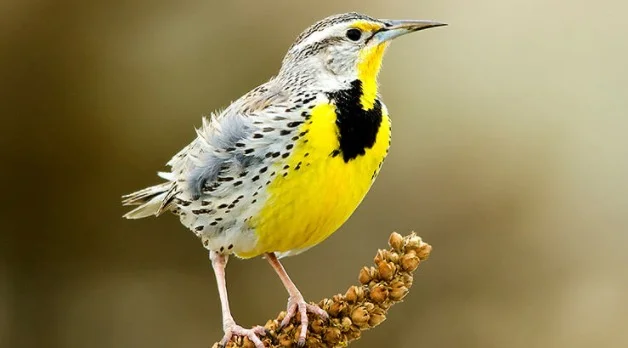
Table of Contents
What is Oregon State Bird?
Oregon is the ninth-largest state as well as the 27th-most populous in the United States. It is among the most diverse geographical states in the US, with a diverse spectrum of woodlands, shrublands, deserts, massive water bodies, and even volcanoes! The beaver is the official mammal of Oregon, so what is the national bird?
The Western meadowlark (Sturnella neglecta) was designated as Oregon’s state bird in 1927. With its contemplative, reflective face, the medium-sized, vividly coloured, streaked, spotted meadowlark bird seems to examine everything that from its vantage point on the state’s wide grasslands, Oregon has a lot to offer. This carnivore favours insects over seeds and berries, but will eat them if required.
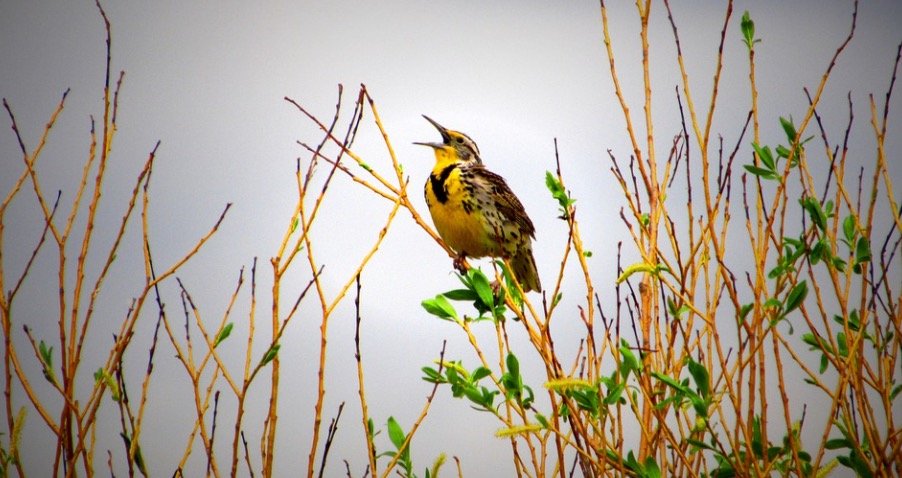
Why is Western Meadowlark Oregon State Bird?
Oregon, a state rich in natural wonders, chose the wild meadowlark as its official bird. This bird landed in the wide grass fields of the state, and children all throughout the state deeply in love with all of it.
In 1927, the Oregon Audubon Society held a voting contest for children. According to the Portland Audubon group’s website, more than half of the state’s almost 80,000 pupils voted for the Western meadowlark at the time.
The number of meadowlarks has decreased over time as meadows have vanished. Instead of safeguarding their environment, the government recently suggested amending the state’s statutes to establish a new official bird.
The Audubon Society objected and proposed a new competition, however the government rejected. It suggested the osprey as the proposed official bird, which has yet to have a vote on the matter. The Portland Audubon Society leads the resistance to the change.
When did Western Meadowlark become Oregon State Bird?
Oregon did not have an official bird until 1927. Following the conclusion of the contest and the counting of the schoolchildren’s ballots, the state’s governor issued a declaration recognizing the bird as the official bird. Oregon, Montana, Kansas, Nebraska, North Dakota, and Wyoming all have the Western meadowlark as their state bird.
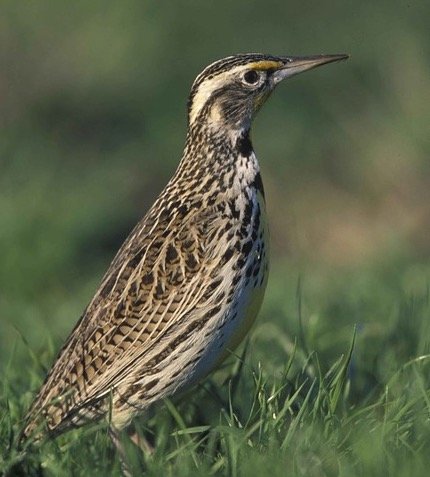
What does Oregon State Bird look like?
With its yellow-breasted feathers, this representative of the blackbird family lights Oregon’s green plains. It has certain distinctive elements, such as a V-shaped black band. The beak of the Western meadowlark is blackish grey. Its feathers are tan and brown with black and white patterns.
The Western meadowlark is 6.5 inches to 10 inches long from head to tail. It has a 16-inch wingspan. These little birds range in size from 3 to 4 oz.
How do Oregon State Bird behave?
Meadowlarks are still energetic throughout a day. They go under shelter and remain silent at night. They won’t be singing late at night. These birds build their nests amid scanty bushes and grasses on the ground.
They have polished their capacity to survive discreetly as the sun sets because they do not stay out of predator reach. They are not found in woods or even dense bushes. Before females of its kind arrive, the male western meadowlark creates its breeding zone.
It might defend its area for up to a month before females come. To meet, both male and female use song – mating calls – as do many other birds. They locate each other as the female gathers nest components, constructs the nest, and breeds.
Male meadowlarks, unlike the other birds, mate along with two females each season. These devoted dads deliver diets to both nests and enjoy hours with both sets of children, all while helping to raise the chicks. When the offspring emerge from each eggs, their adoring parents zealously defend them.
However, if a person comes, they will abandon a nest containing eggs. The incubating eggs are left behind, therefore you should never touch the nest of meadowlark, and do not allow your kid to do so.
Strangers that trespass on their solitude will be chased away by the male meadowlark, regardless of the predator’s size. To defend his young, the father bird performs this watch job at both nests.
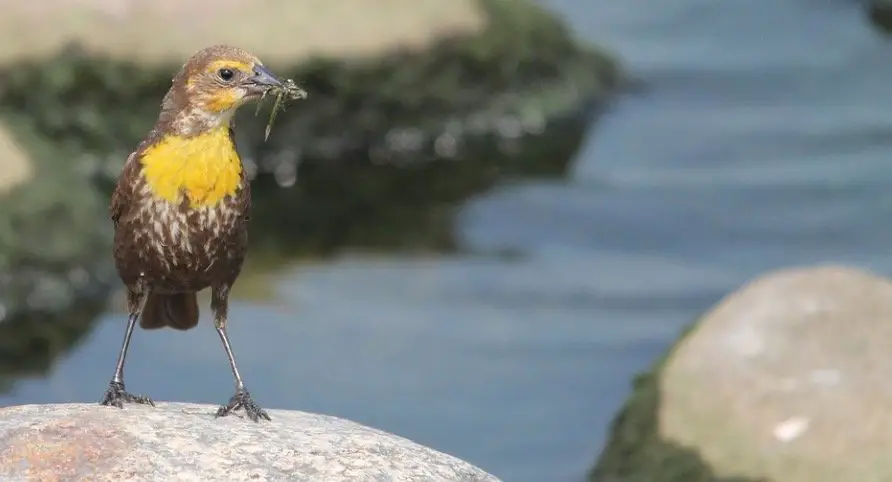
Do Western Meadowlark form communities?
Despite the fact that males have two families, Meadowlarks establish nuclear families. These birds are monogamous, however they do not mate with the same female for life. They keep two separate residences and equally support both families.
It suggests that the males of such species are always on the hunt for prey. They place food at every nest, and the mother bird nurses her young. Their eggs incubate for around 13 to 16 days. When young birds reach the age of two weeks, they depart the nest.
Because chicks are unable to fly, their parents must remain to keep an eye on them as they roam the grassland. They start flying at the age of a month or more. This allows them to go deeper and create their unique foraging zone.
They can decide to move. The wintering grounds of this migratory bird are in the southern states of the United States and Mexico. During summer, such birds have been known to fly too far northern as Canada.
During late April or early May, the birds return to their summer home in Canada. The western meadowlark may migrate as far as the eastern meadowlark’s nesting areas. When necessary, the two subspecies will mate. Their offspring will be less pathogenic than the offspring of two eastern or two western meadowlarks.
What do Western Meadowlark eat?
What a meadowlark will eat may be almost anything. They change their diet based on the season. Meadowlarks eat weed seeds as well as grains and bugs. Their bug diet has a broader variety of meals than that of other birds.
This blackbird family gourmand eats ants, beetles, crickets, cutworms, and grasshoppers. This means that they eat many of the same diets as humans do, since, ants and grasshoppers are considered delicacies by humans. They like grains as well.
